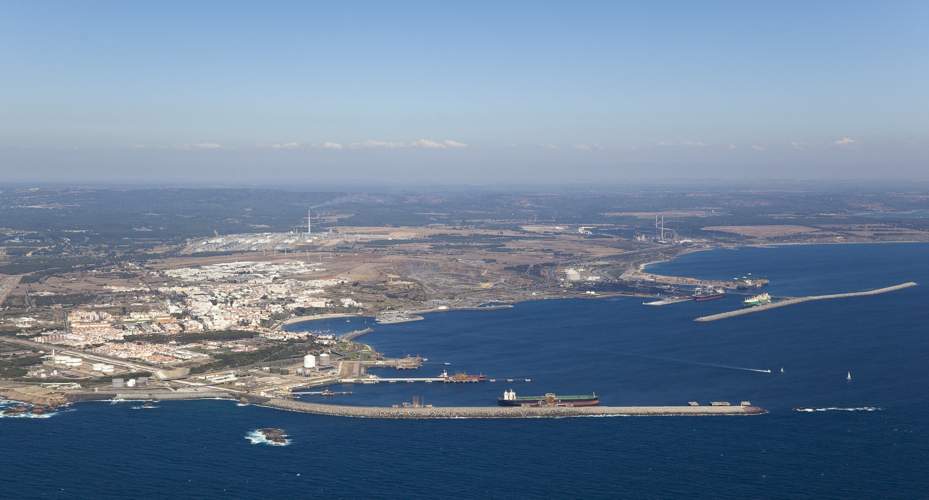
Unveiling the EU’s Global Gateway Strategy: Expanding Indo-Pacific Infrastructure Landscapes
On 25-26 October 2023 the EU held its first Global Gateway Forum in Brussels, gathering government and other representatives from the European Union and its partner countries around the world, including from the private sector, civil society, financial institutions, experts and international organisations. The Forum was attended by representatives from more than 20 partner countries, including 40 leaders and ministers. With pressing issues relating to global investment in infrastructure on the agenda, the Forum saw the EU sign financial agreements on clean energy with different partners, including Asian countries such as Vietnam, Bangladesh and the Philippines, consolidating its EU Strategy for Cooperation in the Indo-Pacific. Highlighted as a promising beginning, critics have wondered whether the EU can gather the required internal support to obtain concrete results on the ground and attract the right investments.



